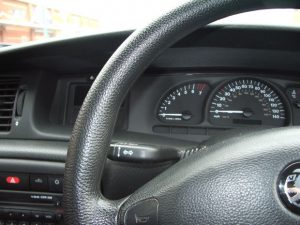The woman behind the wheel of a speeding electric Tesla vehicle that crashed and caught fire in Indiana recently, killing her and her passenger, was far too intoxicated to drive. That’s according to a recently-released police report with toxicology tests indicating the 27-year-old driver had a blood-alcohol concentration of 0.21, nearly three times the legal limit of 0.08. Meanwhile, her 44-year-old passenger and the owner of the vehicle had a blood-alcohol concentration of 0.17.
Although Tesla has come under fire in recent months for its Autopilot feature, a semi-autonomous function that has been cited in a number of crashes, including at least one fatal. The concern has been that the maker of these systems over-hyped the autonomy of these systems. Such a system, if totally autonomous, could go a long way toward curbing drunk driving accidents because human error wouldn’t be a factor. However the reality is that in these semi-autonomous systems, drivers have to be ready to take over the wheel at a moment’s notice. In the case of the driver who died in a car accident while the Autopilot feature was engaged, he reportedly had numerous social media photos of him carrying out other tasks behind the wheel while his vehicle did the heavy lifting. But when a tractor-trailer crossed in front of his path one day, the Autopilot feature failed to detect the white truck against the bright sky, and the resulting collision killed him.
In this case, officials have said there is no indication that the Autopilot feature was activated. Further, officials with Tesla say the feature would have capped the vehicle’s speed on this particular road to under 35-mph on the road where the crash happened. Continue reading
 Boston Drunk Driving Accident Lawyer Blog
Boston Drunk Driving Accident Lawyer Blog



